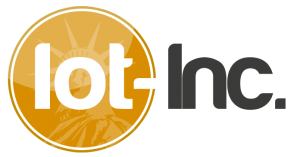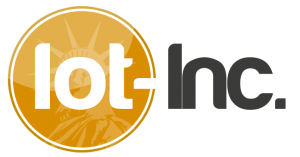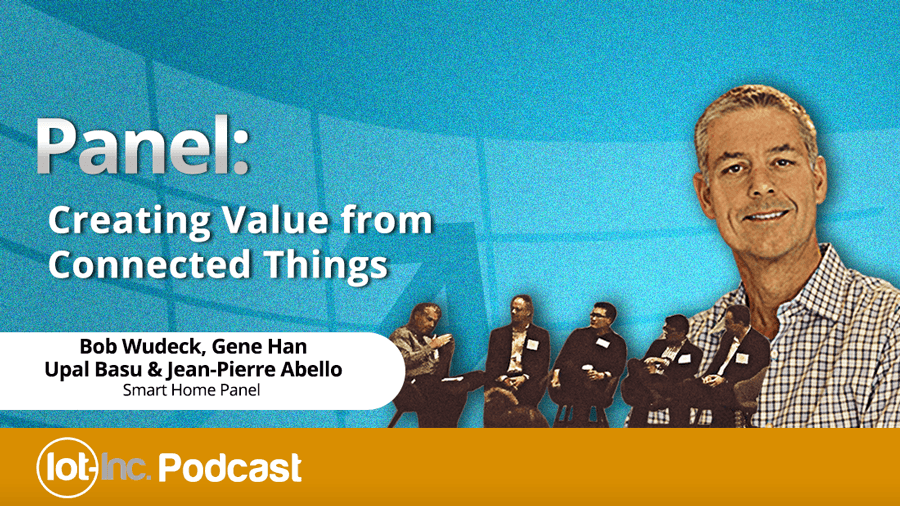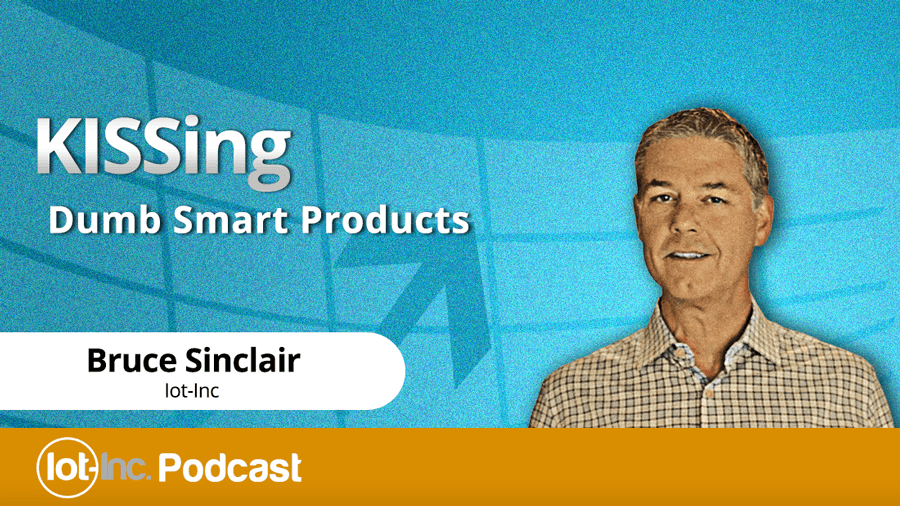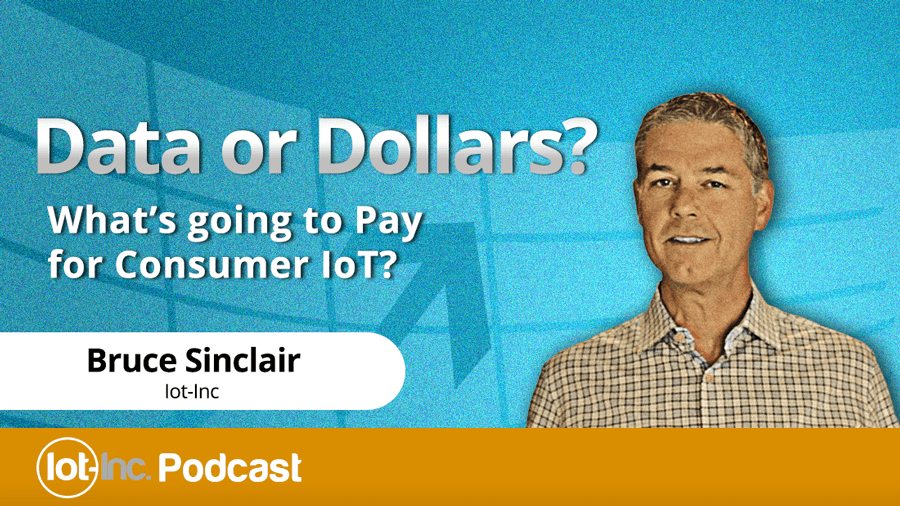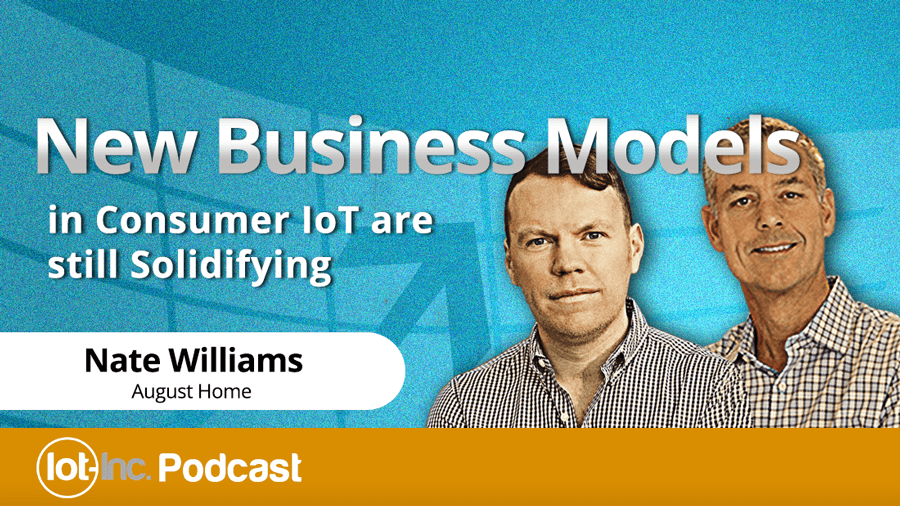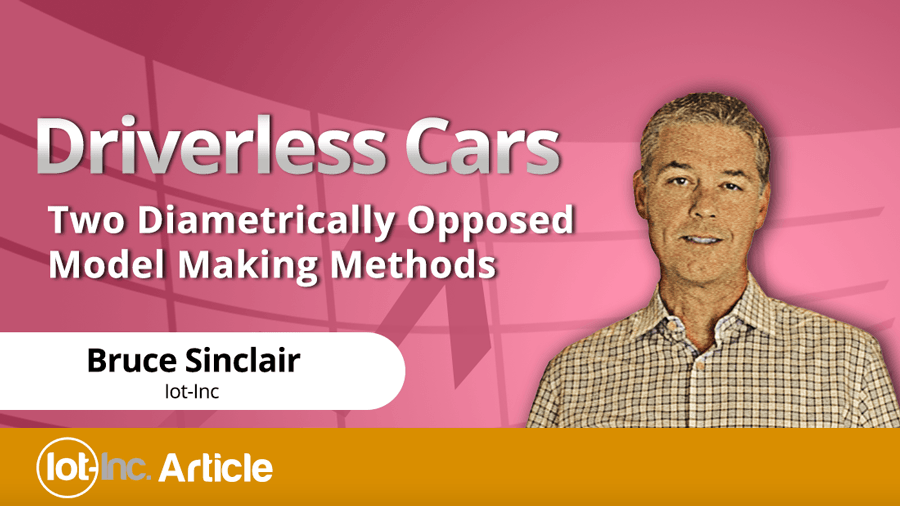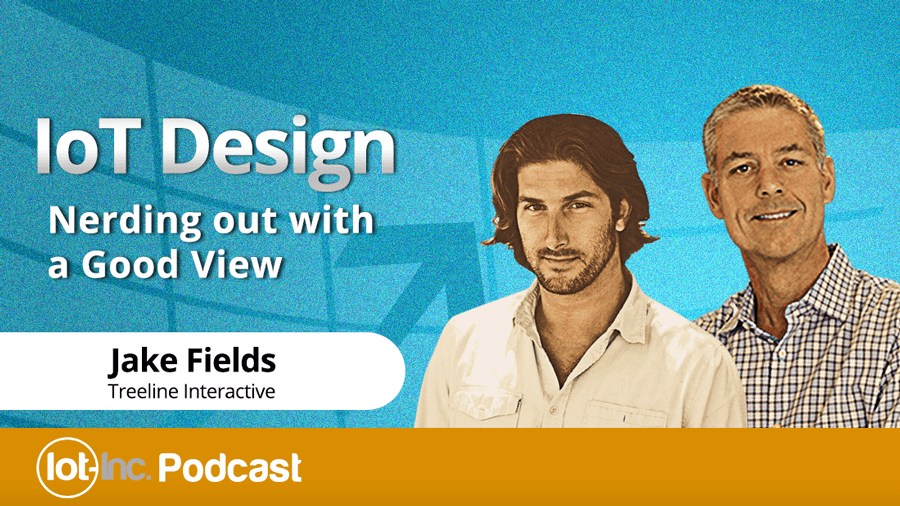09 Aug Ecosystems and the Open Connectivity Foundation
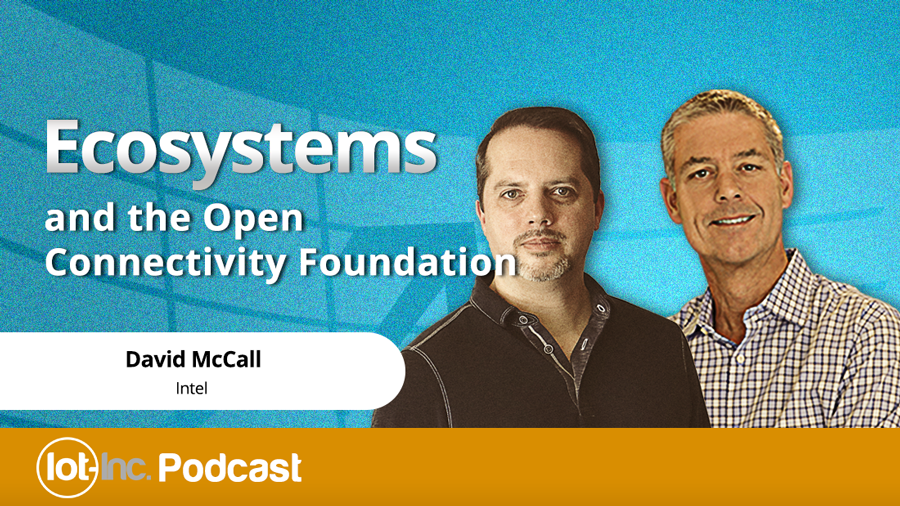
Episode 112
By definition an ecosystem brings together multiple products in order to deliver an outcome. However, today’s IoT standards don’t go far enough enable different products to work together. Another layer is needed to ensure ecosystem products speak the same language.Listen to this podcast (or read the transcript), where I speak with David McCall about the Open Connectivity Foundation and the codebase they provide to enable smart home products from different vendors to talk to each other – exactly what you need for any ecosystem...
